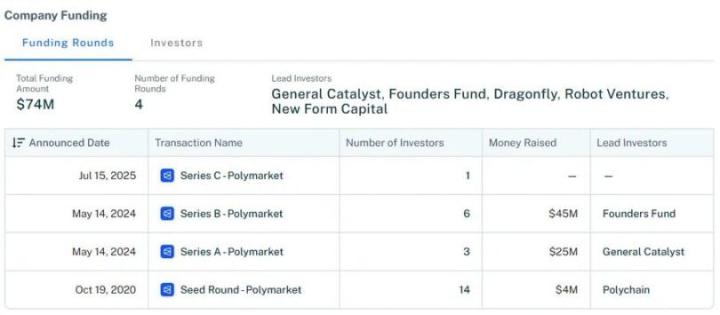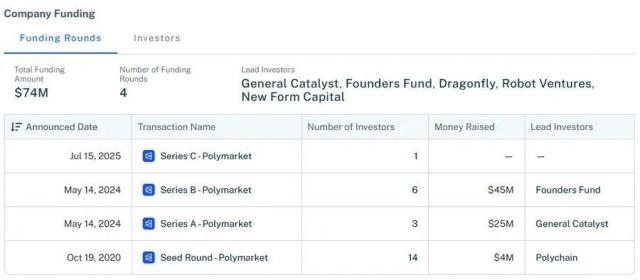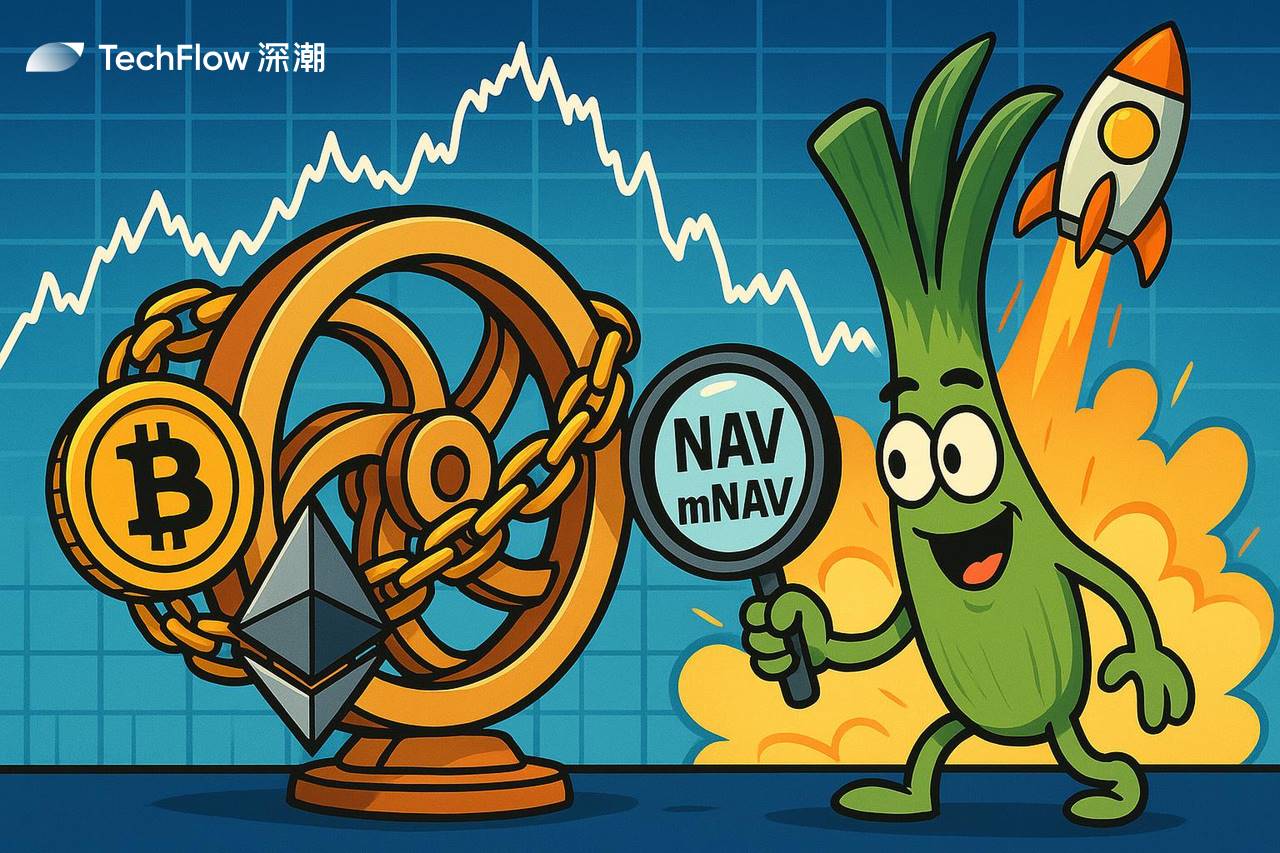
Undoubtedly, this crypto bull market was first launched in the US stock market.
When the "crypto vault reserve strategy" becomes a trendsetter in US stocks, and crypto and stocks are interconnected, how should we evaluate the quality of a stock? Is it by looking at who has the largest amount of reserved crypto assets, or who keeps buying crypto assets?
If you have been frequently analyzing crypto US stocks recently, you should have repeatedly seen a term --- NAV, which stands for Net Asset Value.

Some use NAV to analyze whether crypto stocks are overvalued or undervalued, while others use NAV to compare the stock prices of a new crypto reserve company with MicroStrategy's stock; and the more critical wealth code is:
If a publicly listed US company implements a crypto reserve strategy and holds 1 dollar of cryptocurrency, its value is greater than 1 dollar.
These crypto asset reserve companies can continue to increase their assets or buy back their own stocks, often causing their market value to far exceed their NAV (Net Asset Value).
But for ordinary investors, most projects in the crypto market are rarely evaluated with serious indicators, let alone used to evaluate the stock value in traditional capital markets.
Therefore, the editor also intends to popularize the NAV indicator to help players focusing on crypto-stock linkage better understand the operating logic and evaluation methods of crypto stocks.
NAV: How much is your stock really worth?
Before delving into crypto US stocks, we need to first clarify a basic concept.
NAV is not an indicator specifically designed for the crypto market, but one of the most common methods in traditional financial analysis for measuring a company's value. Its essential function is to answer a simple question:
"How much is each share of a company's stock really worth?"
The calculation of NAV is very straightforward: the value per share that shareholders can receive after subtracting the company's liabilities from its assets.


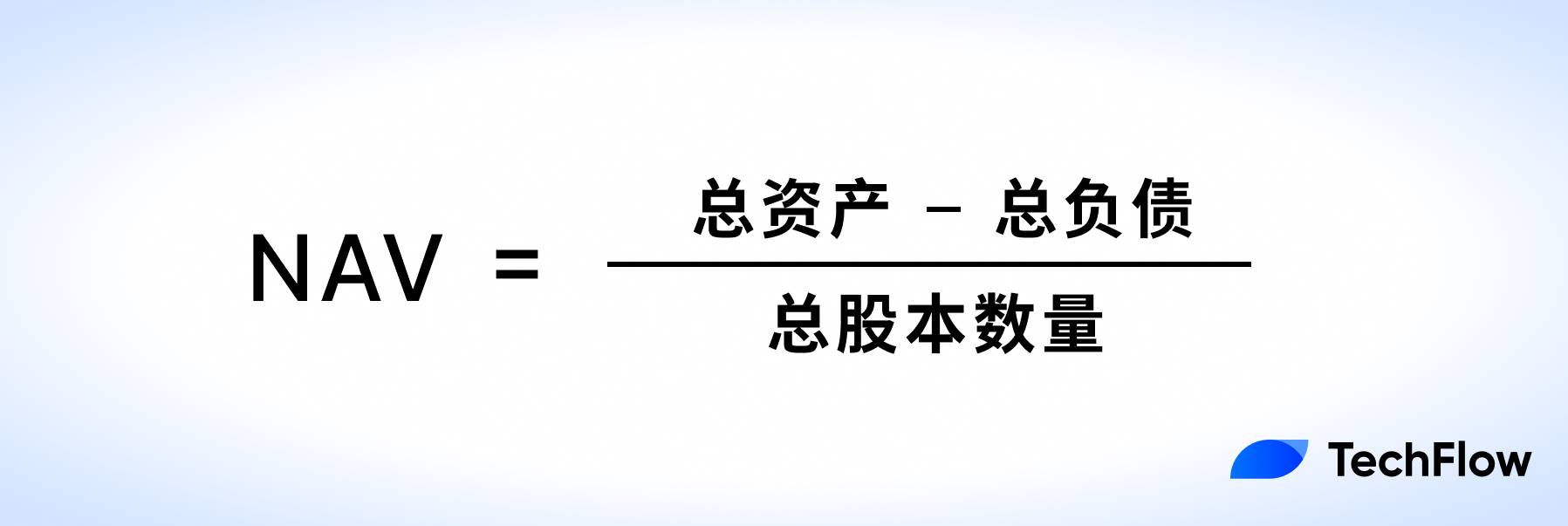
Therefore, when a company holds a large amount of crypto assets, mNAV can better reveal market expectations for these assets, reflecting investors' premium or discount on the company's crypto assets; for example, in the case mentioned above, MicroStrategy's stock price was 1.83 times its crypto net asset value.
For short-term investors focusing on market sentiment, mNAV is a more sensitive reference indicator:
When Bitcoin's price rises, investors may become more optimistic about the future performance of crypto asset-driven companies. This optimistic sentiment will be reflected through mNAV, causing the company's stock market price to be higher than its book value (NAV).
An mNAV above 1 indicates a market premium on the company's crypto assets; an mNAV below 1 means the market lacks confidence in the company's crypto assets.
Premium, Reflexivity Flywheel, and Death Spiral
As mentioned earlier, MicroStrategy's current mNAV is around 1.83;
As ETH increasingly becomes an asset reserve for listed companies, understanding these companies' mNAV can also provide some reference for identifying whether the corresponding US stocks are overvalued or undervalued.
An analyst from Cycle Trading, @Jadennn326eth, has compiled a quite comprehensive table that intuitively shows the asset and liability situations and mNAV values of major ETH reserve companies (data as of last week).
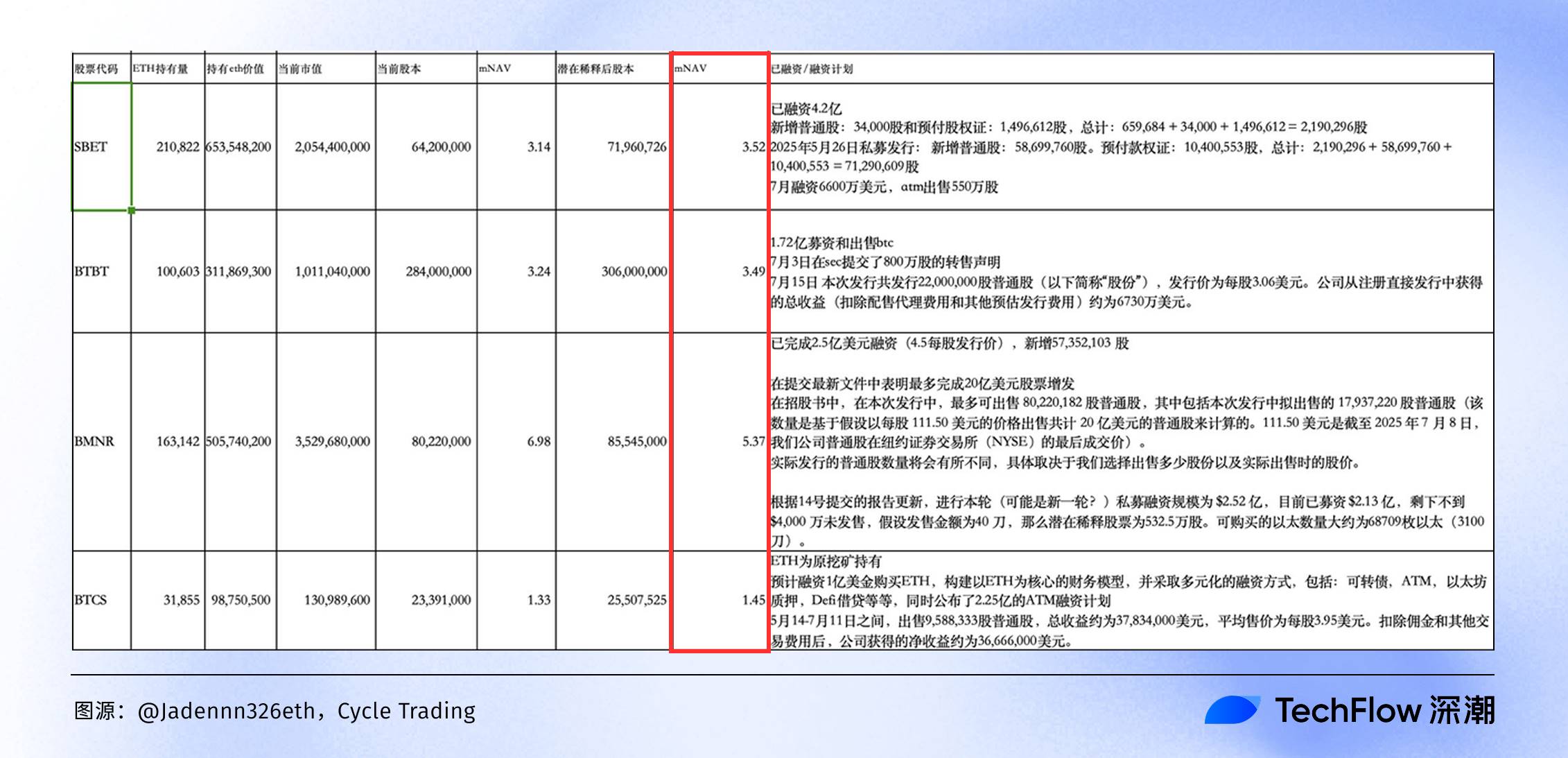
(Image source: @Jadennn326eth, Cycle Trading)
From this ETH reserve company mNAV comparison chart, we can see at a glance the "wealth map" of crypto and stock linkage in 2025:
BMNR tops the list with a 6.98x mNAV, with a market value far exceeding its ETH holdings value, but this may hide a valuation bubble - once ETH pulls back, the stock price will be the first to be damaged. BTCS, with only 1.53x mNAV, has a relatively low premium.
Since we've seen these companies' data, we must discuss the "Reflexivity Flywheel".
This concept originates from financial magnate Soros's reflexivity theory, which became the "secret engine" of these companies' stock price surge in the 2025 crypto and stock bull market.
Simply put, the reflexivity flywheel is a positive feedback loop: The company first issues stocks or ATM financing, obtaining cash to massively buy ETH; increased ETH holdings push up NAV and mNAV, attracting more investor pursuit, causing stock prices to soar; higher market value then makes it easier for the company to refinance and continue accumulating ETH... thus forming a self-reinforcing, snowball-like flywheel effect.
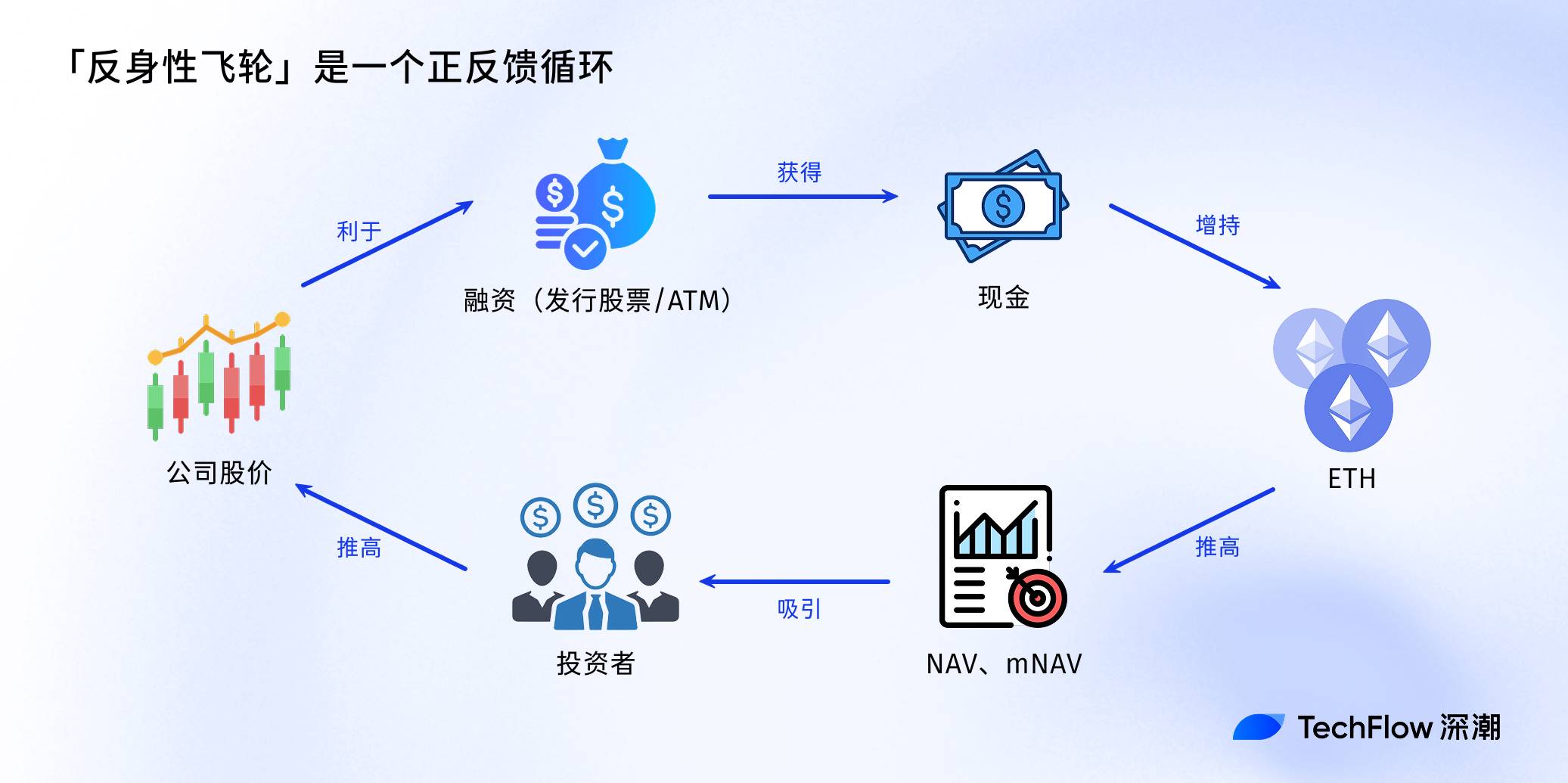
However, once ETH price pulls back, regulation tightens (such as SEC's review of crypto reserve models), or financing costs surge, the ascending flywheel might reverse into a death spiral: stock price crash, mNAV plummets, and ultimately, stock market investors might be the ones getting hurt.
Finally, after reading this, you should understand:
NAV and similar indicators are not panaceas, but tools in the toolbox.
When chasing crypto and stock linkage, players should rationally assess opportunities by combining Bitcoin/Ethereum's macro trends, company debt levels, and growth rates to find their own opportunities in a seemingly opportunity-filled but actually dangerous new cycle.



